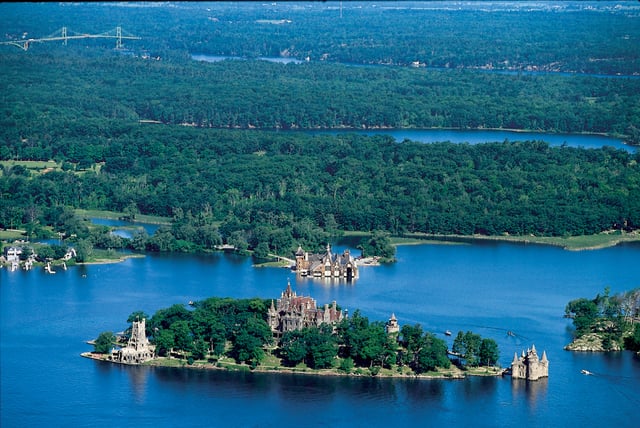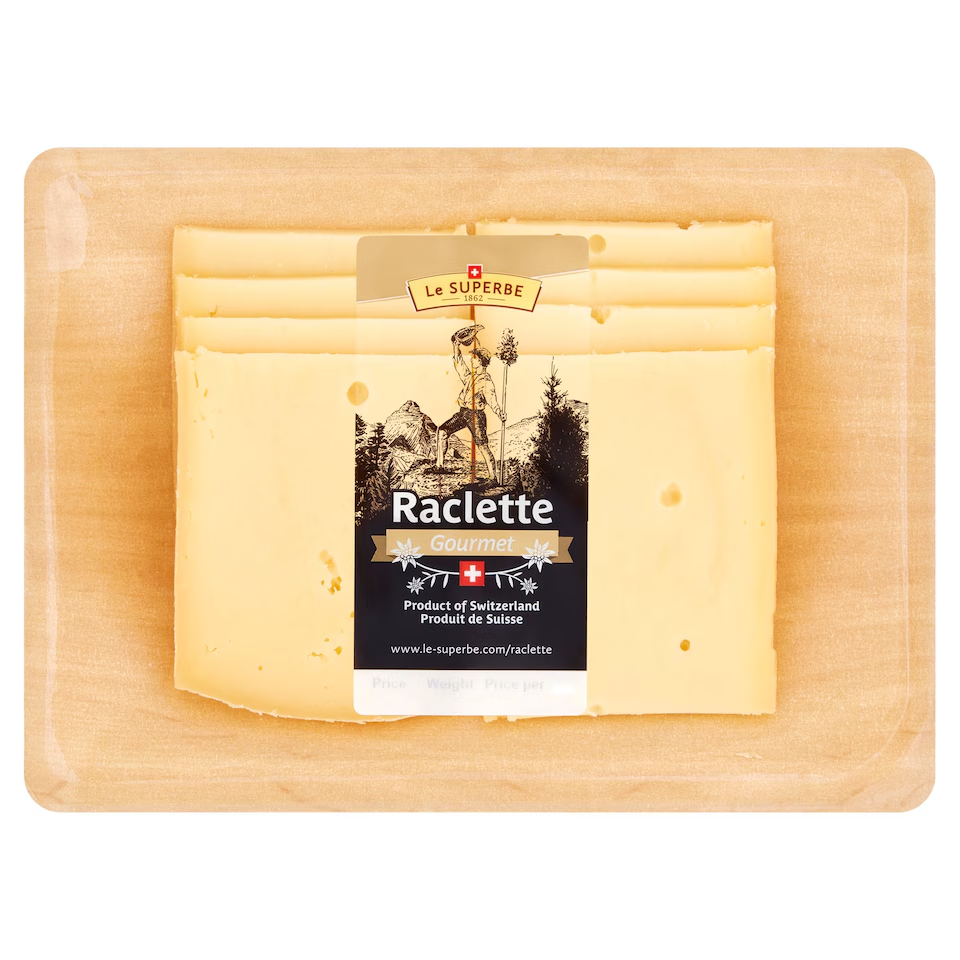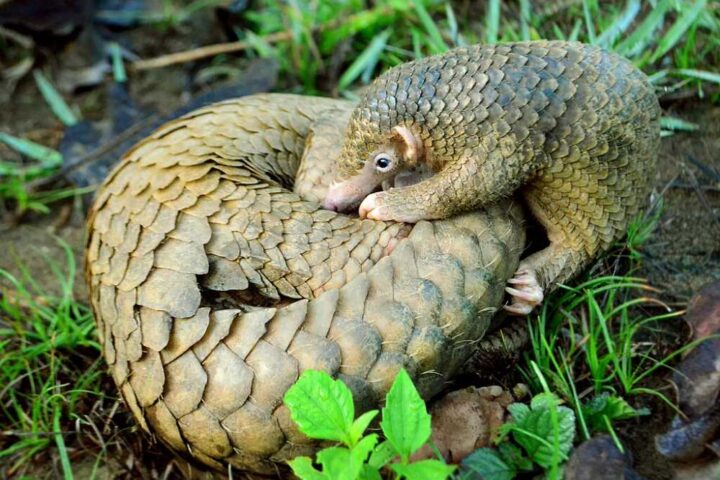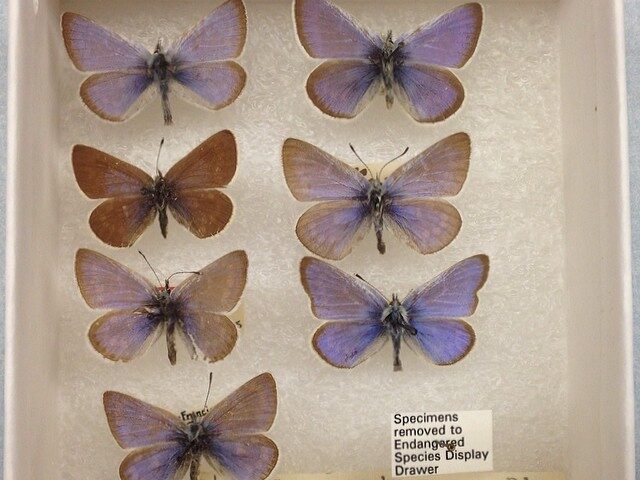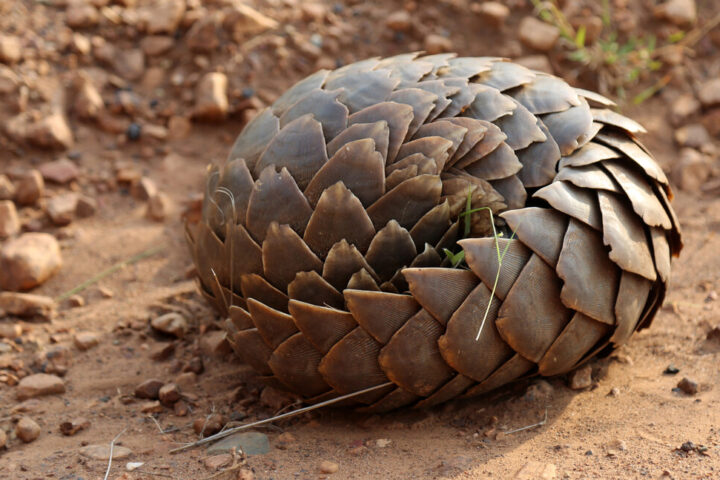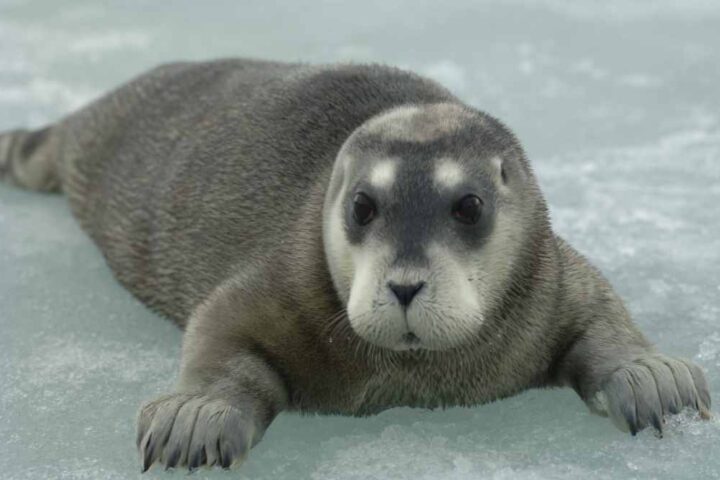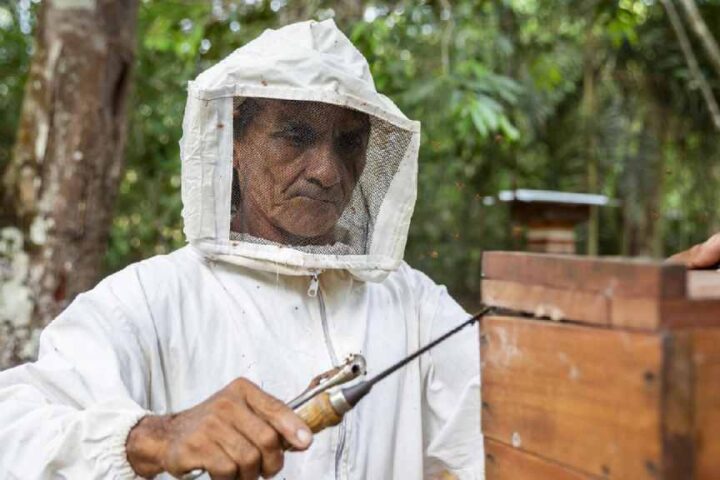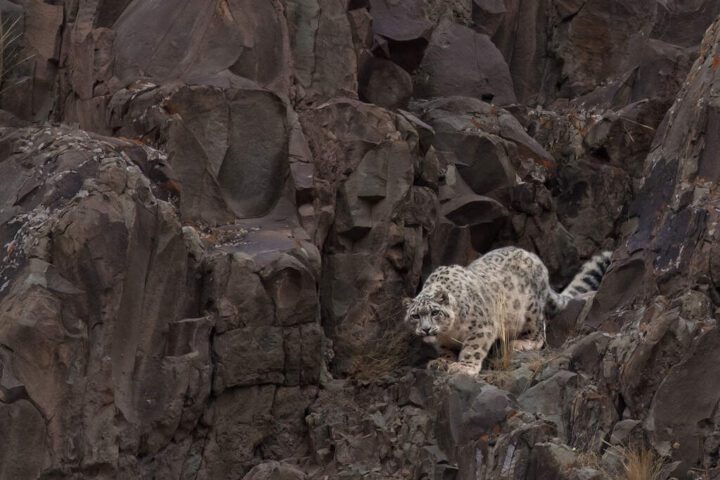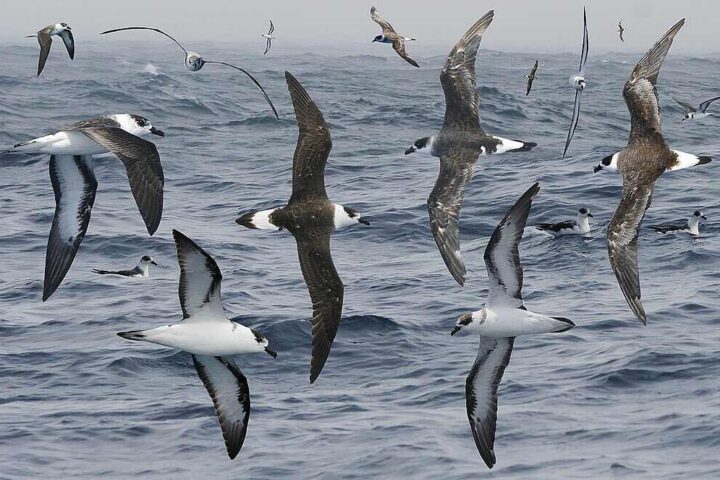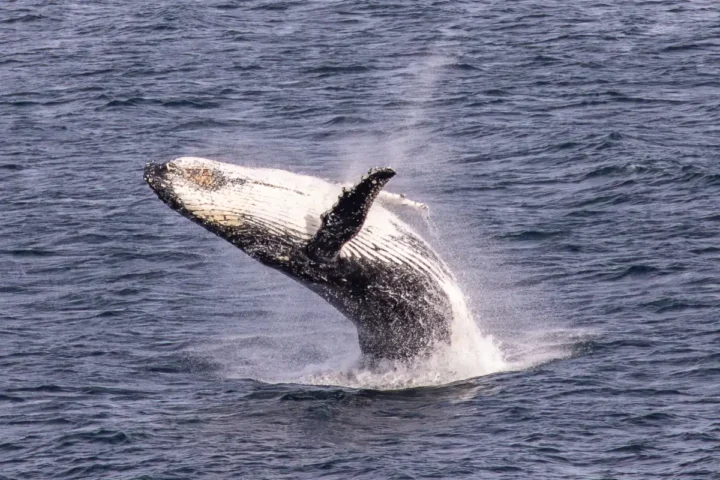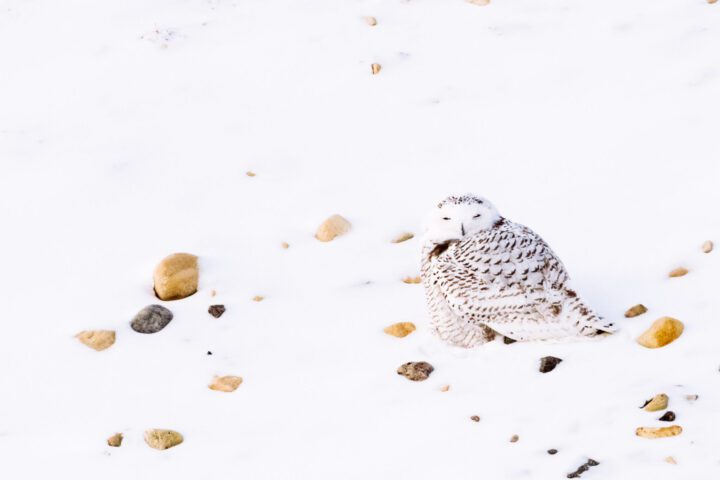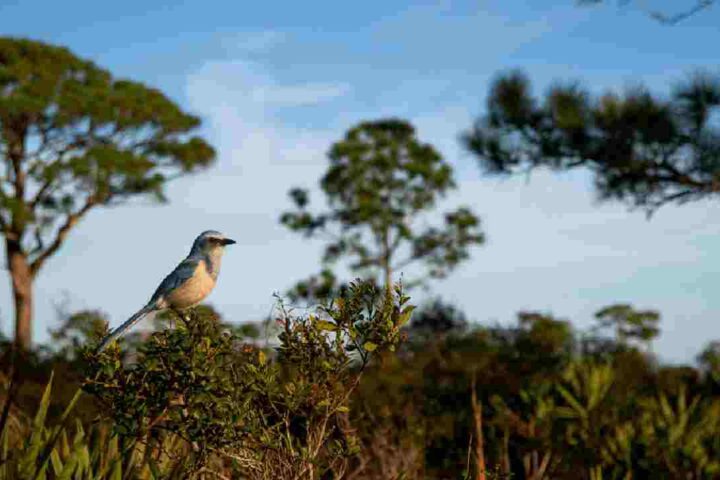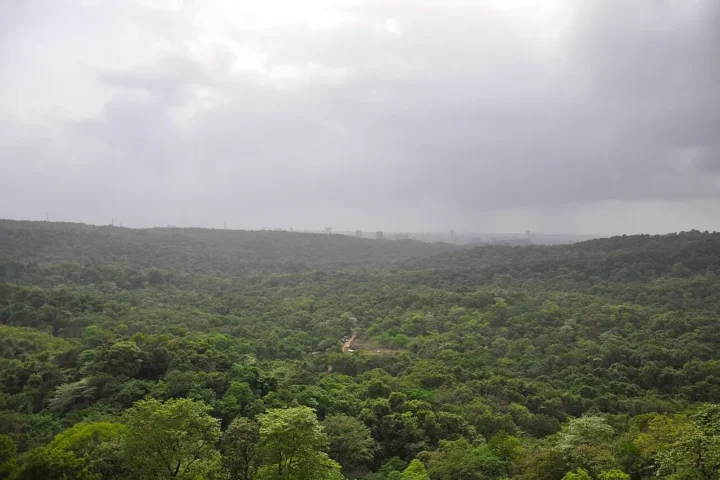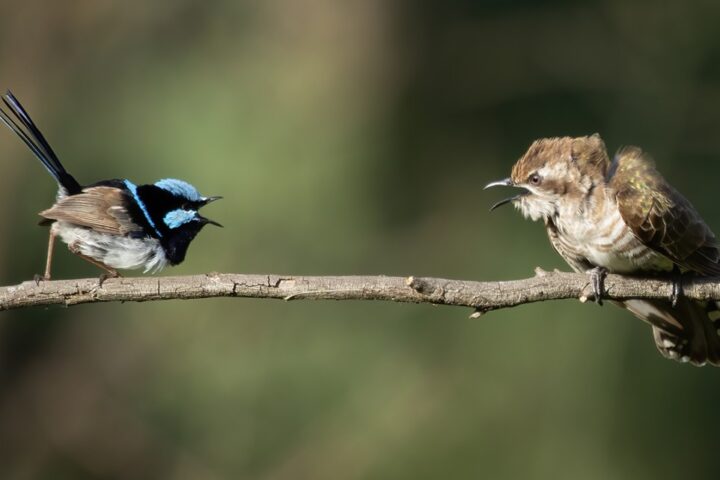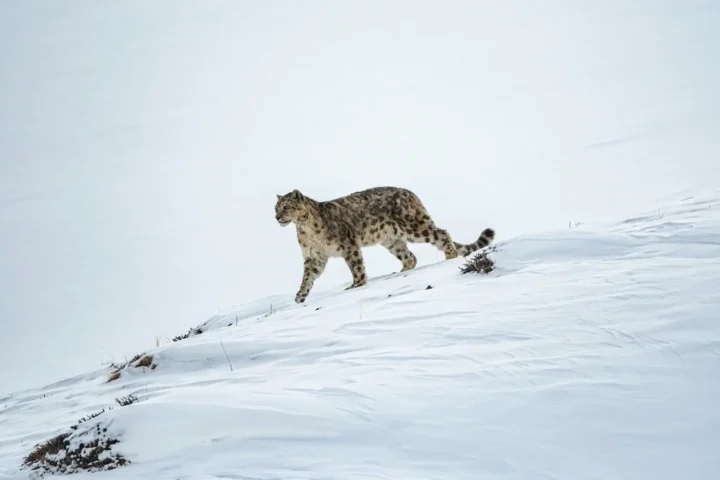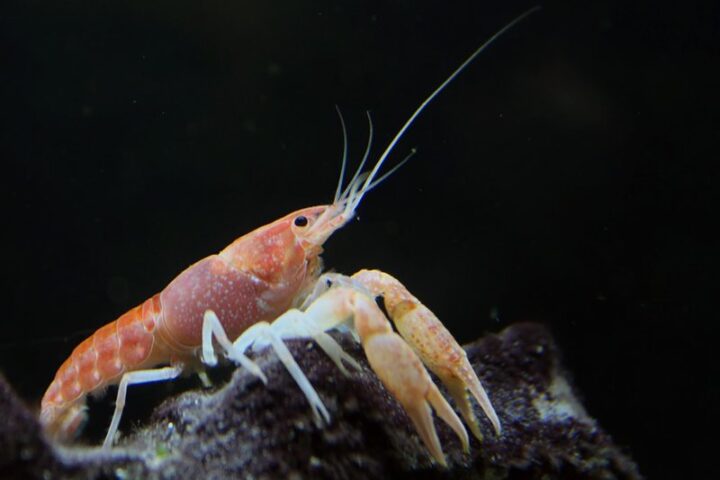The Great Lakes face an urgent ecological threat swimming toward them: invasive carp. These voracious filter-feeders from Asia are on the verge of breaching North America’s largest freshwater ecosystem, sparking an unprecedented effort to halt their advance at a crucial chokepoint in Illinois.
On May 9, 2025, the White House took decisive action with a presidential memorandum directing federal agencies to “expeditiously implement the most effective mechanisms, barriers, and other measures to prevent the migration and expansion of invasive carp in the Great Lakes Basin.” This intervention aims to accelerate the critical Brandon Road Interbasin Project near Joliet, Illinois.
“These invasive carp are nearing the entry point to the Great Lakes, which, if breached, would irreparably damage native fish species like walleye, yellow perch, and lake whitefish,” warns the presidential memo. “This poses a significant risk to Great Lakes fishing, boating, recreation, and tourism, which support tens of thousands of jobs and billions of dollars of commerce annually.”
The Brandon Road Defense System: A Multi-Layered Approach
The Brandon Road Lock and Dam represents the last major opportunity to prevent carp invasion before Lake Michigan. The $1.15 billion project combines several technologies to create an aquatic barrier while maintaining shipping access:
- Electric barrier generating underwater fields that deter fish movement
- Acoustic deterrent system using underwater sounds that carp avoid
- Air bubble curtain creating a wall of bubbles that fish resist crossing
- Flushing lock that actively clears the chamber of any organisms
- Engineered channel designed to maximize barrier effectiveness
- Automated barge clearing system to prevent “hitchhiking” carp
The U.S. Army Corps of Engineers Rock Island District awarded the first $15.5 million construction contract to Miami Marine Services in November 2024 for site preparation and initial work, marking the transition from planning to implementation phase.
Similar Posts
State Cooperation Challenges
The May directive comes after Illinois Governor J.B. Pritzker postponed land acquisition needed for construction in February 2025, raising concerns about federal funding guarantees. The presidential memo sets a July 1, 2025 deadline for Illinois to acquire necessary property and establishes 30-day windows for state permitting approvals.
The federal government has already invested $274 million in the project, including $226 million from the Bipartisan Infrastructure Law and additional appropriations. Michigan has committed $65 million and Illinois $50 million toward the required state cost-share.
Beyond Barriers: A Comprehensive Strategy
While Brandon Road represents the most visible defense, the fight against invasive carp involves multiple approaches across the region:
Strategic Harvesting and Population Control
Commercial fishing operations target removal of 8 million pounds of carp annually in the Peoria Pool of the Illinois River. In late 2023, an intensive harvest operation removed an astonishing 750,000 pounds of silver carp from the Starved Rock pool in just 10 days.
Indigenous Knowledge Integration
The Great Lakes Restoration Initiative (GLRI) Action Plan IV specifically commits to “pilot and test new control tools, including, where applicable, tools derived from Indigenous Knowledge.” Indigenous partners already assist with monitoring in remote areas like northern Lake Huron, bringing traditional ecological understanding to carp management.
Scientific Research and Adaptive Management
The Invasive Carp Regional Coordinating Committee (ICRCC), comprising 26 agencies from the U.S. and Canada, coordinates research and management. Their 2024 Action Plan allocates $47.4 million across 45 collaborative projects, including $21 million from GLRI funding.
The Ecological Stakes
Four species of invasive carp threaten the Great Lakes: silver, bighead, grass, and black carp. Each presents unique challenges, but all share rapid reproduction rates and voracious feeding habits.
Silver carp leap from the water when startled, posing physical dangers to boaters who have suffered injuries from collisions with these airborne fish weighing up to 40 pounds. More significantly, these filter-feeders consume vast amounts of plankton, potentially disrupting food webs that support native fish populations.
“They cause serious damage to native fish populations because they out-compete other fish for food,” explains the Alliance for the Great Lakes. This threatens the Great Lakes’ $7 billion fishing industry and $15 billion recreational boating economy.
GLRI: The Broader Protection Framework
The Brandon Road project exists within the larger context of the Great Lakes Restoration Initiative, which has invested over $3.7 billion in 7,563 projects since 2010 to address various ecological challenges in the basin.
The U.S. Fish and Wildlife Service alone has received more than $575 million through GLRI, completing 93 habitat restoration projects in 2023 that improved over 4,000 acres of fish and wildlife habitat.
What You Can Do
Citizens play a vital role in protecting the Great Lakes from invasive species:
- Report carp sightings immediately through state DNR apps or the USFWS “Stop Aquatic Hitchhikers!” hotline
- Participate in public meetings and comment periods regarding barrier projects
- Support local businesses using commercially harvested carp products, turning the problem into an economic opportunity
The next decade will prove decisive in this ecological struggle. The multi-layered approach at Brandon Road, combined with ongoing population control and research, represents our best hope for keeping these destructive invaders at bay.

If successful, these efforts will protect not just native fish species, but the web of life supporting them and the communities that depend on healthy Great Lakes. This model of collaboration between federal, state, tribal and local partners offers valuable lessons in ecosystem protection that may serve other threatened waterways worldwide.
As monitoring systems track the front lines of this invasion, communities around the Great Lakes basin watch and wait – hoping that technology, traditional knowledge, and concerted action will preserve these inland freshwater seas for generations to come.
